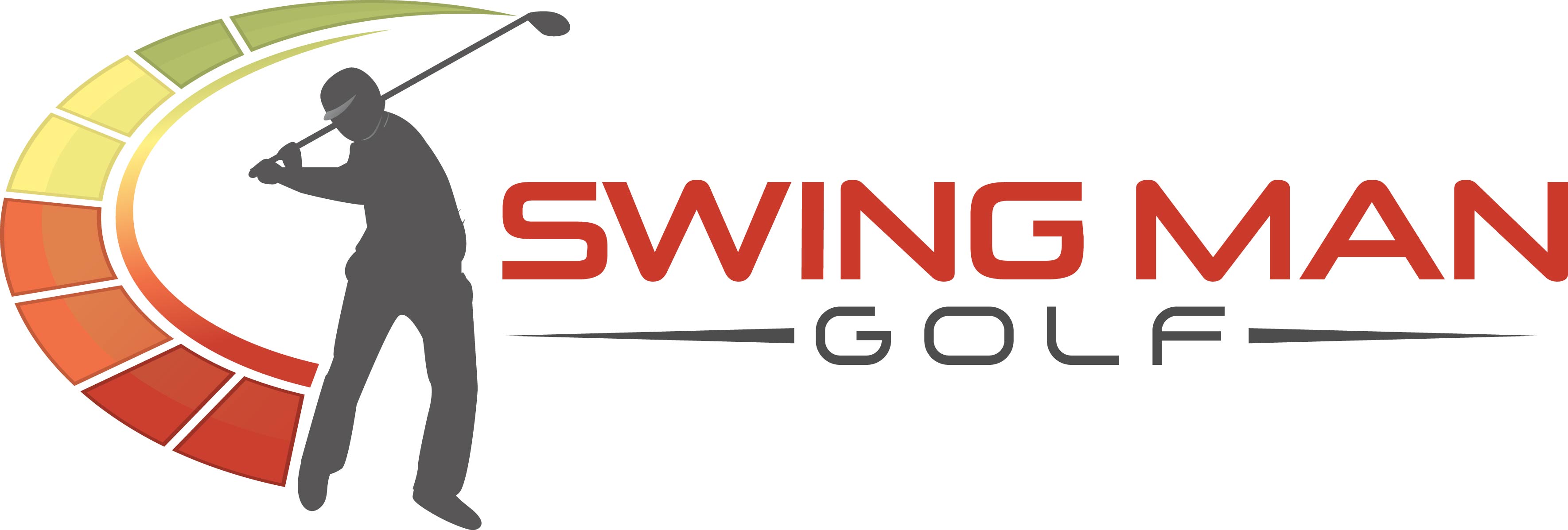By Paul Myers
In many ways, the golf tee shot can be the most nerve-wracking shot that you will encounter on the golf course. Why is that? Because, since your tee shot is usually the longest shot you will hit on a hole, it also can with the most potential for trouble. If a hole is lined with trees, a water hazard or out of bounds stakes, you may find those trouble spots with your golf tee ball. Even if you don’t hit a ton of fairways during your round, simply avoiding big trouble off the golf tee will go a long way toward helping your final score.
There are a few steps you can take to limit the chances of getting in big trouble off the tee. Of course, you can never totally eliminate the chance of hitting into a bad spot, but use these tips to make sure it happens as little as possible.
Pick a Safe Target Line
Scoring-wise, you usually never want to pick a target line off the tee where a straight shot will likely get you in trouble. For example, picture a dogleg left par four where you plan to hit a right-to-left tee shot to match the shape of the fairway. There is nothing wrong with that plan, but make sure you are picking a starting line that will keep your ball safe if it happens to fly straight and never turns left. You don’t want to be punished for hitting the ball straight, so check the distances to any hazards before you hit and select a line that will be safe on a straight ball.
Give the Course Proper Respect
Usually, there are one or two holes on a given course that are particularly difficult and deserve your respect. Instead of trying to take these holes on aggressively, don’t be afraid to play conservative and just put the ball in play. Even if it means you have to hit 1-2 clubs more into the green for your second shot, using discretion instead of stubbornly trying a hard shot can benefit your scorecard in the end. Pick a safer club than your driver (or take some off your driver if you can do that) for the shot – one you are confident that you can hit into the fairway. There will likely be more chances to be aggressive later on holes that don’t present so many dangers.
Be Confident
Sometimes, a poor shot that sends the ball toward a hazard or out of bounds is born from fear of making that exact mistake. If you stand on the tee and focus at the place that you are trying to avoid, you may end up hitting it right there. Take your mind off of the bad things that could happen with a golf tee shot and instead focus on the positive outcome that you are looking for. Even the toughest hole has some kind of fairway for you to hit, so be confident in your ability and preparation and hit a quality shot where you want it to go…and not where you don’t want it to go.
If you liked the article about avoiding the big mistake off the tee and you think it would help another golfer, please like it.
To learn more about Swing Man Golf products and hit it longer with swing speed training, click here.
And, if you would like to add 30 to 40 yards to your drives over the next 30 days, like thousands of our customers have before you, you might consider our unique Swing Man Golf Swing Speed Training.
Use the tool below to find out a.) how fast your swing speed should be and b.) how fast you COULD swing it soon:
